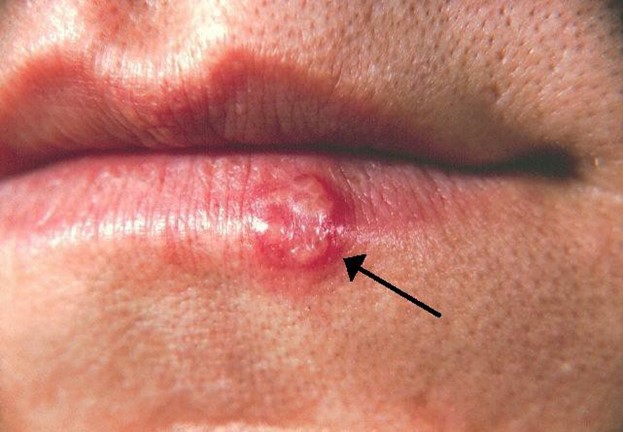Which assessment finding is most important in determining which client has a higher risk for developing testicular cancer?
Previous sexually transmitted infection (STI).
Cryptorchidism as an infant.
Low sperm count.
The Correct Answer is B
cryptorchidism as an infant. Cryptorchidism, or undescended testicles, is a known risk factor for testicular cancer. During fetal development, the testicles form in the abdomen and descend into the scrotum before birth. Failure of one or both testicles to descend into the scrotum can increase the risk of testicular cancer later in life. Therefore, a history of cryptorchidism as an infant is the most important assessment finding to identify clients at higher risk of developing testicular cancer.
Choice A, previous sexually transmitted infection (STI), is incorrect because although STIs can increase the risk of certain types of cancer, they are not a significant risk factor for testicular cancer.
Choice C, low sperm count, is incorrect because although low sperm count can be associated with testicular cancer, it is not a reliable indicator for determining a higher risk for testicular cancer. Low sperm count may also be caused by various other factors, such as hormonal imbalances, infections, varicocele, and genetic abnormalities. While it is important to monitor and treat low sperm count, it is not a definitive indicator of testicular cancer risk.
Nursing Test Bank
Naxlex Comprehensive Predictor Exams
Related Questions
Correct Answer is D
Explanation
Herpes remains dormant in the body and can recur at any time, which is important information for the nurse to understand when discussing sexually transmitted infections with clients.
Gonorrhea, chlamydia, and syphilis can be treated with antibiotics, so they do not remain dormant in the body.

Correct Answer is A
Explanation
Giving non-prescription laxatives to a client with cirrhosis can cause severe dehydration and electrolyte imbalances, which can be life-threatening. The nurse should report this intervention immediately to the physician.
Choice B is incorrect because measuring abdominal girth is a standard nursing intervention for clients with cirrhosis to assess for ascites.
Choice C is incorrect because asking the client about food intake is a standard nursing intervention for assessing nutritional status.
Choice D is incorrect because checking for signs of hepatic encephalopathy is a standard nursing intervention for clients with cirrhosis.
Whether you are a student looking to ace your exams or a practicing nurse seeking to enhance your expertise , our nursing education contents will empower you with the confidence and competence to make a difference in the lives of patients and become a respected leader in the healthcare field.
Visit Naxlex, invest in your future and unlock endless possibilities with our unparalleled nursing education contents today
Report Wrong Answer on the Current Question
Do you disagree with the answer? If yes, what is your expected answer? Explain.
Kindly be descriptive with the issue you are facing.
